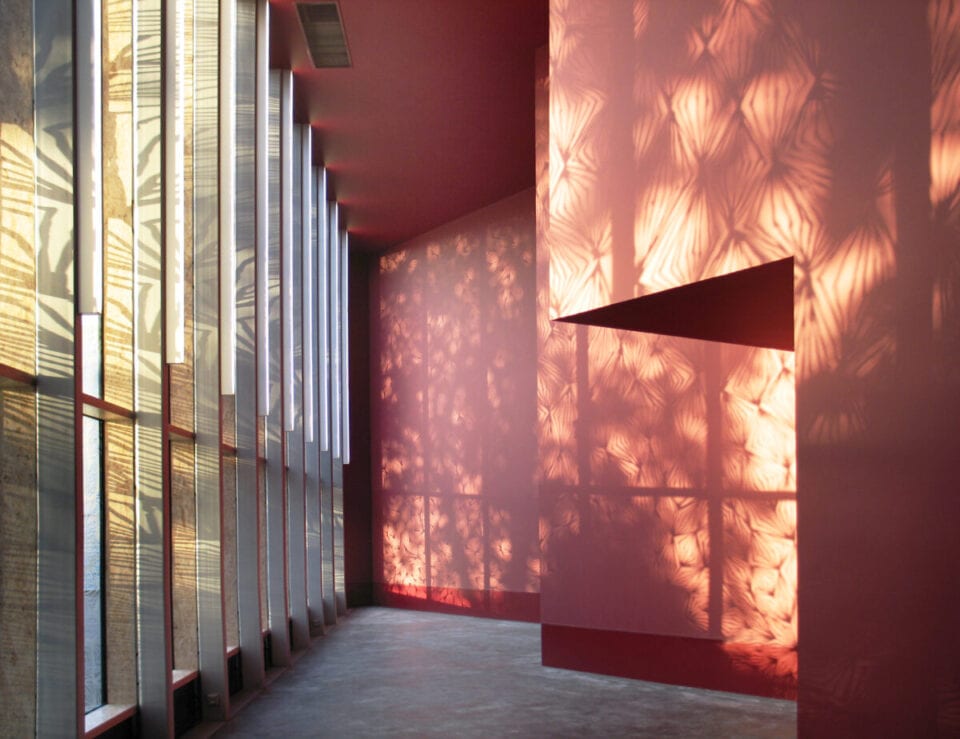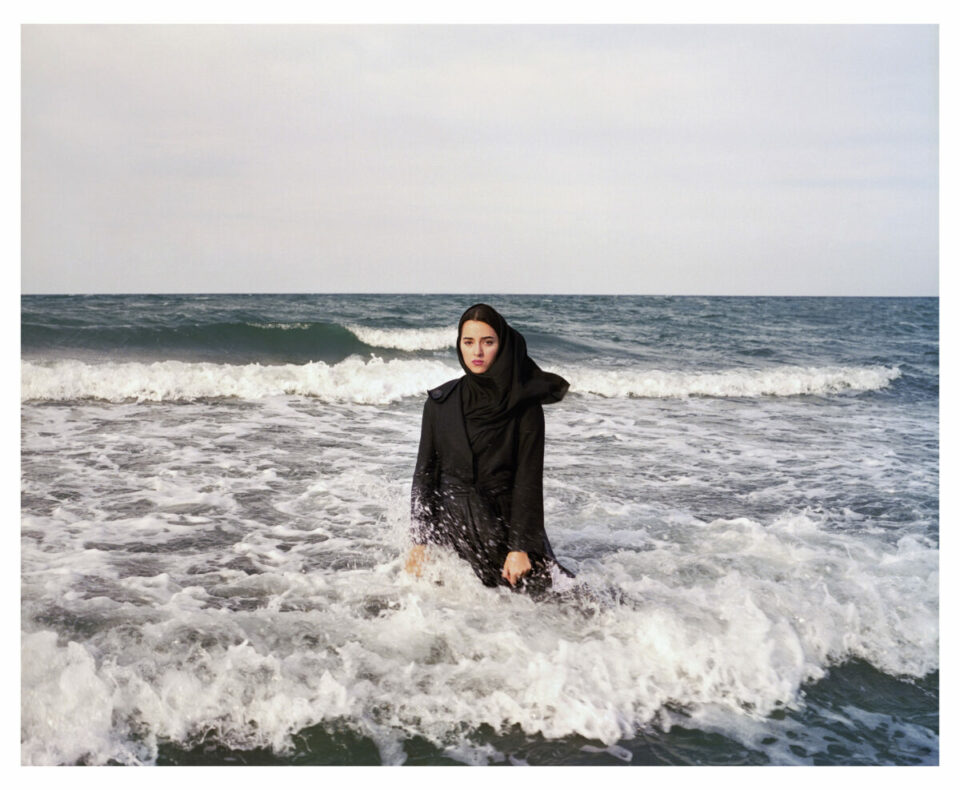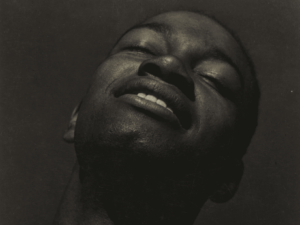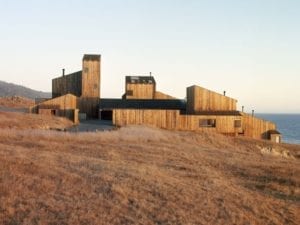Sir David Adjaye OBE (b. 1966) is one of the most important architects working today. He is recognised for landmark projects around the world – including the National Museum of African American History and Culture in Washington D.C. Recently, Adjaye was announced as the recipient of the 2021 Royal Gold Medal for Architecture – the UK’s highest honour in the field. The accolade recognises a body of work spanning over 25 years. But where did it all begin? A new publication from Thames & Hudson charts Adjaye’s early years in practice, spanning 1995-2007.
The Ghanaian-British architect founded Adjaye Associates in 2000. “What strikes me about this time is the sense of urgency we had,” he remembers in the foreword to Works 1995-2007. “The need to experiment with the typologies and built fabric we were offered.” An ingenious use of materials and visionary designs has continued to set Adjaye apart as one of the leading names of his generation – from Elektra House, his first new-build, to current projects such as the National Cathedral of Ghana. Amongst his influences are “contemporary art, music and science to African art forms and the civic life of cities.” The results are visually striking and socially engaged, changing the face of our built world.
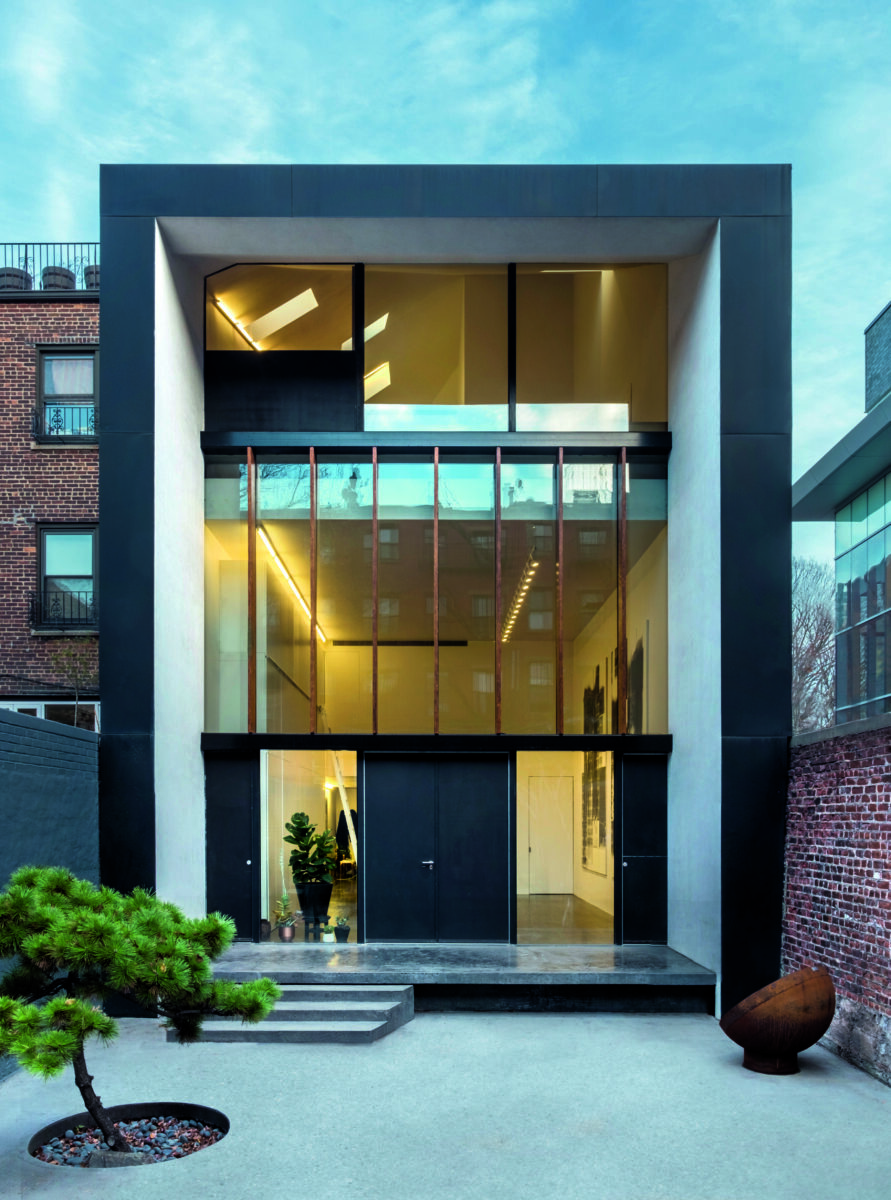
This publication presents bold images, new analyses and archival material relating to structures across London, Venice, Oslo and New York. Many of them are tied to a sense of community. Featured below is the Stephen Lawrence Centre. It was built in memory of Stephen Lawrence, who was tragically murdered in a racist attack at the age of 18 in 1993. It offers support to young people who, like Stephen, wish to study architecture. The image shown here highlights a screen-like window by artist Chris Ofili (b. 1968). The sun projects his design onto the red walls. It’s a powerful example of how art, architecture and memory merge in Adjaye’s work.

In 2019, Making Memory opened at London’s Design Museum. The exhibition presented a selection of Adjaye’s projects, asking the questions: How can a building shape our perception of events – and how can architecture, rather than words, be used to tell stories? These are ideas that have been at the heart of Adjaye’s practice from the beginning. “We realised that there are latent memories in buildings,” he notes. “By working with them we could construct new images and spaces that would resonate with the future.” The structures presented here are not only about looking back, but moving forward.
Published in November 2020 by Thames and Hudson.
Lead image: © Lyndon Douglas. Stephen Lawrence Centre, London, UK, 2004-7
1. © Cameraphoto Arte,/ TBA-21 Your Black Horizon, Venice, Italy, 2004-5.
2. Image © Tim Soar. Idea Store Chrisp Street, London, UK, 2000-4
3. © James Wang. Pitch Black, New York, USA, 2002-6


